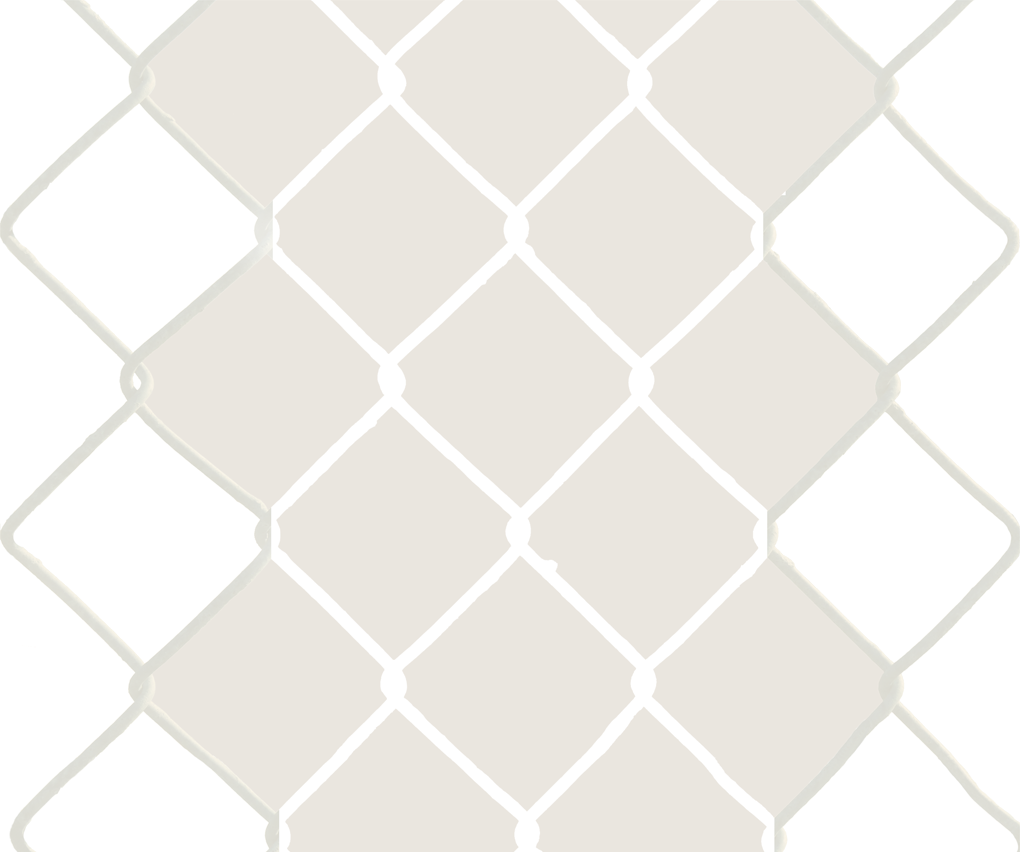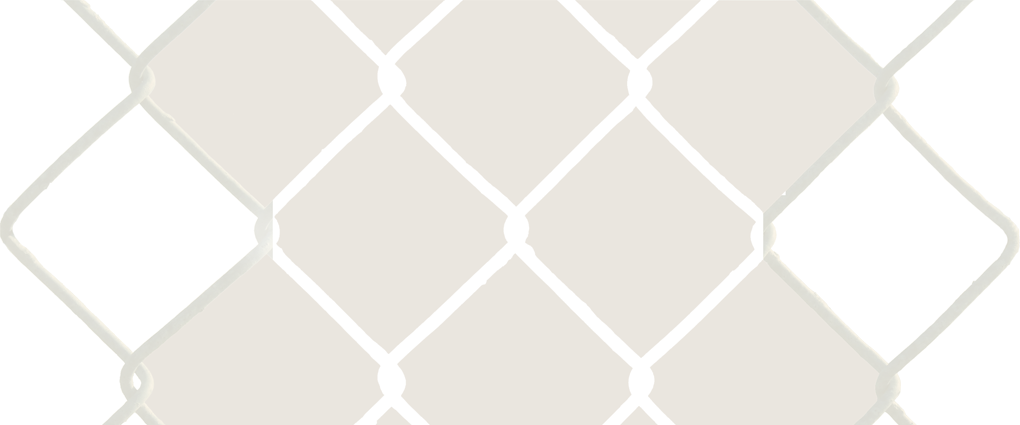My desire to start a journal about art + culture(s) came after practicing as an artist for a couple of years in Detroit after I moved from Brooklyn, New York in 2012 and wanted to engage in critical and theoretical discussions in support of art and politics. I noticed almost no writing about art in the city. The journal I wanted to provide an intuitive and intellectual framework in order to respond to both the practical aspects of working in the city as an artist as well as the pauses involved in theoretical investigations. With the journal, I wanted to engage conversations around various projects and exhibitions and beyond the networks routed in institutional boundaries. To address the scarcity of art writing in Detroit, I began researching the possibility of starting a journal about art + culture(s), with particular interest in the critical discussions happening between different communities that a magazine such as ∞ mile might help facilitate.
The journal, through discussions with Jennifer Junkermeier, co-founder of ∞ mile, is designed to give a space for members of Detroit’s arts and cultural communities to write about art + culture(s) in Detroit. By giving such a space, I am interested in the critical possibilities coming from self-representation of Detroit’s diversity within and beyond the arts community. The representation of Detroit in national and international media barely skims the surface and often does not represent the diversity within the city. I see ∞ mile as a potential resource to engage the diversity within Detroit and to deconstruct the divides that cause some of its communities not to learn from each other. No doubt such a project will encounter resistance by institutional boundaries along with racial and economic segregation; however, the paralysis of not deconstructing such divides seems an unacceptable cost. Through deconstructing the barriers that divide various communities in Detroit, and, in particular, the arts and cultural communities, I believe ∞ mile will serve as a critical resource for the discussion of art, aesthetics, politics and theory.
Critical theory seems particularly deserving of attention since it simultaneously deconstructs the barriers that mark much of Detroit while getting lost in its own practice. Whereas the divides that mark much of Detroit have as their object the ignorance of the other in the workings of ideology, critical theory deconstructs such divides formed by the inability and unwillingness for auto-critique to counter the ignorance of the always-already othering within self-representation. For a definition of theory, I often turn to Gayatri Spivak, who writes with regard to J.M. Coatzee’s Foe (1987):
Theory itself has no con-sequence. It is autosequential rather than automatic. Theory is the production of theory, lost in its setting to work. It is always withdrawn from that open end, as it is from that which it wants to theorize. Theory is a bit like Mr. Foe, always off the mark, yet it is what we undo in work. Without it, nothing but the wished-for inarticulation of the natural body: “a slow stream, without breath, without interruption,” betrayed by the spacing of the words that with it” (Spivak, Gayatri. A Critique of Postcolonial Reason: Toward a History of the Vanishing Present. p. 194).
With as much ideology in play in Detroit (not least of which is capitalism), critical theory seems particularly relevant to alter the intellectual and intuitive possibilities in the city. When applied to art, critical theory allows for imaginative wanderings in the intersection of aesthetics and politics.
The near complete absence of art writing appears, in part, due to an absence of art history Ph.D. and curatorial research funding as well as the consolidation of media as a result of the digitalization of much of the news. I lived in Baltimore from 2005 – 2008, a city with a population in 2010 of 621,000, which is slightly less than the 701,000 people in Detroit. Despite having many similarities among both respective art communities, Detroit’s absence of art writing makes a stark contrast. In Detroit, the discontinuation of the art news section of the Detroit Free Press in 1995, with the exception of occasional coverage by the Metro Times, resulted in the near absence of any representation of art in Detroit in texts on the web and in print. However, the scarcity in art writing seems only, in part, due to the news consolidation. With no Art History Ph.D. programs or funds for curatorial and art historical research, Detroit has relatively few art historians and curators to write about art and culture(s) in the city. Occasionally, international magazines cover exhibitions in Detroit, but such coverage barely engages with discussions precipitating the exhibitions and their participating communities. The problems of not having representation from Detroit in the way of art writing became apparent in the intended audiences for certain works. For instance, some artists court the global art market while other artists try to imagine their audiences in the communities in which they live.
I am interested in how ∞ mile might trace the flows between cities and their respective art communities while based in Detroit. Through tracing the flows between cities, I hope to counter the isolated extraction of capital by global capitalism. The fraught history of labor and civil rights struggles in Detroit situates the city at a remove from the different major metropolitan areas where many journals of art, culture and politics are based. Such a remove, however, seems critical in showing alternatives to the financially centered global art market in major metropolitan areas. However, the links between finance and art remain problematic in Detroit by relying on many non-profit organizations and philanthropy for support. The launch of the first issue of ∞ mile comes at a time when Detroit no longer has a democratic process of self-determination due to the imposition of an Emergency Manager by the state of Michigan. In a city with a median household income of $25,193, a poverty rate of 35.5% and a bachelor’s degree attainment rate of 13% according to the 2011 U.S. Census, starting an art + culture(s) journal faces a particular set of issues. I intend to focus on the particularities of Detroit in the interest of situating the part larger than the whole, which, I believe, shows the commonalities between cities.
work cited
Spivak, Gayatri. A Critique of Postcolonial Reason: Toward a History of the Vanishing Present. Harvard University Press: Cambridge, Massachusetts and London, England. 1999: p. 194 |




